One of the coolest things you can do in the Azores is to see it from the sea!
This is a guide to sailing in the Azores– detailing island-by-island tips to help you prepare for an epic Azores sailing trip in one of the most beautiful spots in the world.
If youʻre booking your trip to Sao Miguel and the Azores last minute, we have you covered. Below are some of the top tours, hotels, and more!
🌋 Top Experiences and Tours in Sao Miguel:
- São Miguel WEST: Full-Day Tour with Lunch (my top pick!)
- São Miguel EAST: Full-Day Tour with Lunch (but also do this one!)
- Whale watching and islet tour – Sao Miguel (#1 selling whale tour!)
- Furnas Hot Springs at Night with Dinner (unique option)
- Furnas Valley Full-Day Volcano and Tea Plantation Tour
🛌 Top Hotels/Lodging in Sao Miguel:
- Sao Vicente Lodge – Atlantic Retreat (I stayed here and LOVED it!)
- Octant Furnas (Central Sao Miguel)
- Grand Hotel Açores Atlântico (Eastern Sao Miguel)
🚗 Looking for the best way to get around the Azores? Click here to check rental car rates for the Azores islands!
This is a guest post by Brady Trautman of SV Delos.
In this post...
What to Know Before You Go Sailing in the Azores
The Azores is a place like no other- a stopover for weary sailors who had crossed over 2000 miles on their way to mainland Europe.
Nine volcanic islands make up this archipelago, located 800 miles west of Europe. They are actually considered part of Portugal.
The pace of life is slower and the islands are a little behind the times… but in a good way. People stop to enjoy a view, drink a coffee, or share a story.
Cows munch on green grass and the waves pound the black jagged rock the way they have done forever.
And, just as the waves have been pounding the Azorean coast for eternity, people have been sailing and accessing the Azores by boat for eternity.
There is plenty to know before deciding to cruise the Azores since each island has its claim to fame and its hazards to look out for.
This guide will give an overview of sailing in the Azores and will also discuss details and tips for each island.
Azores Sailing – Overview
The notion of sailing around the Azores is one of romanticism and peace as you gently cruise between the rocky volcanic islands that rise out of the water.
Known for being one of the two best sailing spots in Portugal, it has been attracting sailors from all over the world.
The remoteness of the islands means that they still are fairly unknown amongst amateur enthusiasts and provide an amazing insight into the world of high-seas sailing.
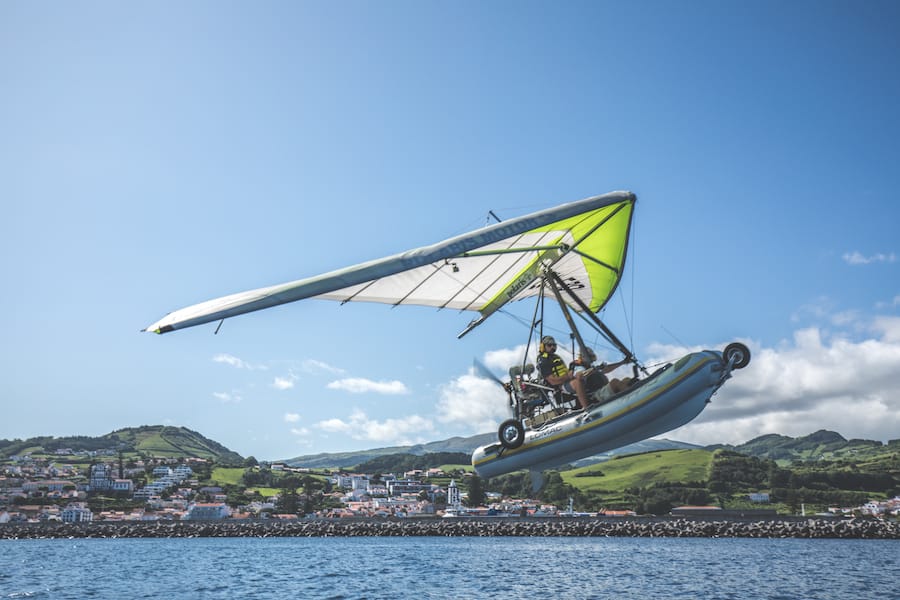
You can spend days cruising between the nine different islands that are each unbelievably beautiful in their own unique ways.
Docking at small little marinas and enjoying the local way of life is one of the best things to do when you travel to the Azores.
Sailing alone in the Azores is not recommended for beginners and you will need to hold a coastal skipper/navigation certificate to sail in the waters on your own.
However, if you do not hold a certification of this level or more you will be able to hire a certified skipper to take you out onto the waters.
While the Azores are known to be idyllic, their location makes it challenging as you are never too far away from being out in the middle of the Atlantic Ocean with no land in sight.
Most rental companies will review your qualifications and possibly your sailing history to determine if you will be required to have a skipper on board with you.
If you need to have a skipper, you will need to ensure that you hire a boat where you can offer them a private cabin and provide food and beverages for them during the journey.
There is plenty to know before deciding to cruise the Azores in a new catamaran since each island has its claim to fame and its hazards to look out for.
Weather in the Azores
The weather in the Azores is usually fairly temperate, with the winter months dropping to around 13°C.
Despite the relatively warm winters, most people prefer to sail the islands between the end of April and October when the waters are calmer and the chance of sea fog is low.
On the other hand, the weather is known to quickly change in the Azores and within five minutes, you can experience clear blue skies to torrential downpours and back.
During these warmer months, you will also enjoy a heightened chance of seeing some of the migrating whales and dolphins that pass through the islands each year.
There are plenty of companies that offer yacht rentals in the Azores; I recommend booking through Zizoo.
Their friendly team will help tailor the perfect sailing holiday for you and your chosen crew. Support is available around the clock and the prices are competitive.
The rental cost will depend on the size of your crew, the number of days you plan to go for, the season, and your decision to hire a skipper.
Sailing (Island by Island)
Terceira
Terceira makes up one of three central Azorean islands and is home to the UNESCO World Heritage-listed Angra Do Heroismo, an incredibly well-kept, quintessentially European town that could easily be considered the most charming in all of the Azores.
With a mix of cobblestone streets, terracotta-roofed buildings, cafes and mountainous views set against the blue Atlantic Ocean, it is a place not to be missed.
The anchorage in Angra is reasonably large and well-protected in anything but a northeasterly wind.
When the swell rolls in, it makes for a very uncomfortable night’s sleep. The best thing to do is to motor two hours to the eastern side of the island to find shelter in Praia Do Vittoria.
The marina in Angra has a fuel bowser on the dock supplying petrol and diesel, in addition to fresh drinking water.
The water is available on any of the slips and is free so it is possible to jerry jug water to your boat if you are anchored in the bay and is only a short dinghy ride.
The marina on Terceira is very busy with a mix of local fishing boats, long-term yachts, and cruisers.
The waiting list for a winter berth is years long which is not surprising considering the incredible location of the marina and the protection it offers from the winter Atlantic storms that roll through.
Speaking to the marina official, we were amazed to hear that in the past, the winter storm surge has made its way over the enormous breakwater, crashing into the marina building smashing windows, and flooding the office.
Summer is definitely the best time to visit the Azores!
If the timing is right, it is possible to watch a bull run on the grounds adjacent to the marina.
Here, under the stone castle, thousands of locals gather as the ‘bull on a rope’ is released into the crowd to wreak havoc on unsuspecting, unprepared, or just plain drunk local thrill-seekers.
This tradition, whether you agree with it or not, has been occurring in the Azores for centuries, and forms part of the rich culture of the Portuguese people.
A word of warning though, if you have built up your dutch courage and think it a good idea to join the locals when the bull is released, beware.
We saw one young guy flung into the air at the mercy of the bull, landing on his head and knocked unconscious.
It is a very alien spectacle for those who have never seen locals running from a 1000 lb bull with a rope attached to it, being pulled on by 5 men in white hats… an image burned into my memory.
Praia Do Vitoria is the bay most cruising yachts in Terceira head for. A mile-long stretch of protected, sandy-bottomed anchorage gets a big tick from any sailor looking for a good night’s sleep on anchor.
Praia is located on the eastern side of Terceira, with an easy entrance through the towering breakwaters.
This quiet town has two large beaches, a beach bar, and a promenade of cafes and restaurants. The town is very proud of its blue flag status which means it has the cleanest beaches around.
In fact, the entire town is spotlessly clean as the Azoreans know how to look after their islands. If you are looking for a short stay in the marina, there are protected berths at very reasonable rates with power and water available.
There is a massive statue of Mother Mary sitting high atop the mountain overlooking the bay, keeping an ever-watchful eye on the town below. A hike up the trail below brings you to this statue and the best photo opportunity of Praia.
Looking out over the rolling hills, the expansive Atlantic, and the gorgeous town below reminds you why some sailors never leave the Azores.
Faial (Horta)
The Horta Marina is located on the island of Faial and is perhaps the most famous in all the Azores. Throughout the centuries, boats making their way across the Atlantic would find refuge in her sheltered waters after many days at sea.
After encountering some pretty gnarly conditions during our passage from Bermuda, we were keen to do the same. Stepping onto the dock, the first thing you notice are the murals that adorn almost every surface of the marina.
There are literally thousands of hand-painted logos left by previous sailors who had made the long journey across the North Atlantic, only enriching the experience of stepping onto land after so long at sea.
Finding a spot to proudly paint your boat’s name and logo is tricky, though there are no hard and fast rules so just use your common sense or ask the locals.
It is possible to anchor in the bay in front of the marina, however, we were told by locals that there are some obstructions in the middle area which have fouled anchors in the past, requiring a local diver’s expertise to free them.
The incredibly large breakwaters offer great protection from the swell and remind cruisers of the power of the winter storms that smash the Azores.
When raising anchor, beware of the phenomenally purple Portuguese man-o-wars that may have become entangled in your chain.
These little jellyfish-like creatures are very common in the Azores, making their way anywhere the wind blows them and ready to sting an unsuspecting swimmer or captain pulling anchor.
Landfall in Horta means a visit to Peter’s Bar, a famous establishment run by generations of a Portuguese family. The atmosphere is rich, the food and drink plentiful, and the service welcoming.
Horta’s history as a whaling town becomes obvious in the photographs, carvings, and unforgettable scrimshaw that adorns the bar’s walls.
The scrimshaw, which is intricately carved ivory whales teeth, are truly works of art of hauntingly beautiful pictures of tall ships, sunsets, wives, and newborn babies so delicately and painstakingly inscribed, bought, and sold in days of old as a way for the whalers to make money.
Although the whaling industry is long gone, its impact on Faial is long-lasting and the local whaling museum gives a real insight into how these starving farmers could make a living.
It was hard to decide what was more enjoyable- drinking beer with the Portuguese locals, swapping stories with other yachties, or marveling at the bar’s paraphernalia.
Sao Miguel
If you asked nine different people what their favorite island in the Azores is, you will get nine different answers. The people of Sao Miguel will happily explain why their island is by far the best, and perhaps for good reason.
With the biggest marina, a haul-out facility, marine chandleries, incredible shopping, sightseeing, and a beautiful old town, Sao Miguel ticks all the boxes.
Located in the southeastern quadrant of the archipelago, this island is the largest and is home to half the population of the Azores.
An overnight sail from Terceira will see you cover the 120 miles to the marina on the southwestern side of the island.
Docking in one of the many berths is straightforward, however, once tied up, chafe protection on all lines is vital as the marina does experience some swell at times.
During our first two nights, we chafed through two lines before we realized this, fitting PVC tube where our lines run through the cap rail of our boat seemed to help.
Also, make sure you have a good supply of fenders to protect your hull from rubbing on the dock when a swell rolls in.
Almost all the marinas in the Azores have excellent security with swipe-pass locked gates and a very safe feel. Crime in the Azores is extremely low, and you can walk anywhere at any time.
Unfortunately, there is no option to anchor near the marina in Sao Miguel, but as with all of the islands, if the weather is good, there are virtually endless private anchorages to be found among the volcanic coastline.
If you are able to hire a scooter or car, the sights to see in San Miguel are phenomenal. On the western tip at Pont Da Ferraria, there are volcanic hot springs that flow into the sea.
Bathe with the locals as they have done since the fifteenth century in piping hot seawater. Nearby, visit one of the seven natural wonders of Portugal, the green and blue Sete Cidades lakes.
Any of the smaller towns that litter the countryside offer great food and often goat trails with viewing points of the ocean are not hard to find.
Known as Europe’s best whale-watching location, keep a lookout for blue, sperm, and humpback whales that rise up from the black depths.
Flores
Flores, the island of flowers, sits at the extreme west of the Azores and is regarded as the most beautiful of the archipelago.
With rugged volcanic caves formed by countless waves pounding into the rock, natural waterfalls hundreds of feet high cascade from the fertile lands above, spilling into the ocean below.
Microclimates are what make Flores such an interesting place. After rising just 700 meters in elevation, it feels like you are on a different planet.
So, if you’re looking for what to wear sailing, make sure you also plan for the land excursions that can be varying on Flores!
The plant life changes, the cool mist rolls in and you would have no idea you were on a speck of land in the vast Atlantic Ocean.
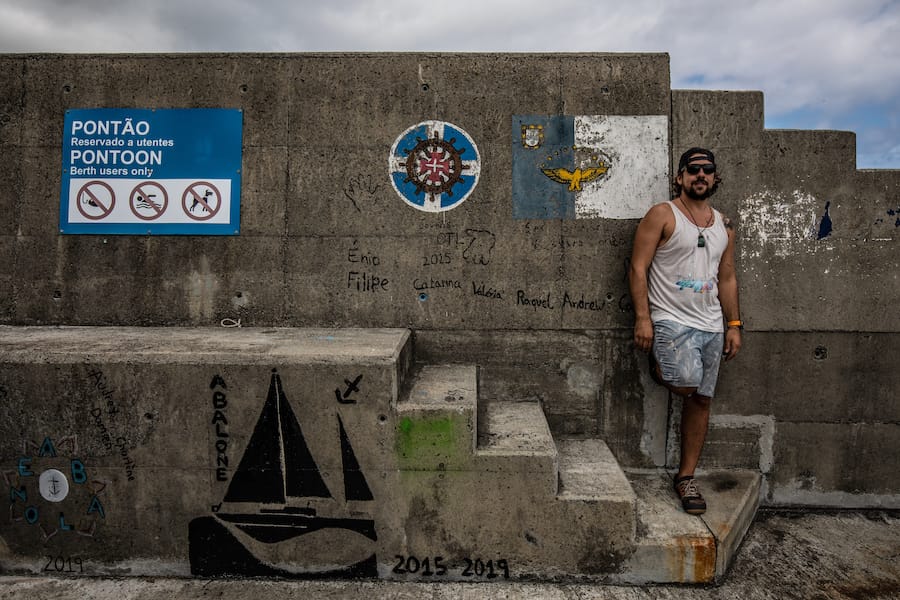
For those looking for something a little different, the Monchique Islet is a small islet west of the village of Fajã Grande where it is possible to motor to the large outermost rock jutting out of the water and touch the westernmost point of Europe!
In winter, enormous waves crash over this rock completely covering it.
Due to its westernmost location, Flores is regularly consumed by huge low-pressure systems that roll across the Atlantic Ocean.
These conditions make it almost impossible to anchor outside of the harbor for more than a day or two, so budget for a marina stay.
The incredibly steep slopes found on the island also create katabatic winds. This high-density air from a high elevation rushes down a slope or valley under the force of gravity or temperature inversions.
They can be two to three times the strength of the local average wind speed, ready to catch out unsuspecting sailors flying full sails, or a yacht anchored in the wrong place.
The marina in Flores can become untenable in certain conditions. In October 2019, Hurricane Lorenzo, a category 1 hurricane, hit the Azores, causing damage to the islands, particularly Flores.
It is recommended to contact the marina office before visiting the island to make sure they are able to accept visiting yachts.
Without a doubt, the Azores has something for everyone. With a little planning, some local knowledge, and an eye on the weather, it is possible to enjoy her beauty without coming to grief.
Whether you decide to continue the Atlantic route to the Canaries, head over to mainland Europe or sail back to the Caribbean, sailing in the Azores offers old-world charm and an untarnished natural beauty to anyone visiting her shores.
Author Bio
Joining Delos in 2010, Brady Trautman brings an essential element to the Delos brand. With his easy-going vibe, infectious smile, and quick wit, he ensures laughter and love are felt by all those around him.
Originally from Florida, Brady studied environmental engineering before making the transition to full-time sailing.
Brady’s skills in marketing, video editing, and qualifications as a Dive Master, Dive Instructor, and Rescue Diver have played a huge part in keeping Delos in the top echelon of YouTube sailing channels, all the while inspiring others to follow their dreams.
With his charismatic personality, he is at home around people, no matter where in the world he is, he will find a way to connect with others and share the Delos love.
To follow Brady’s adventure please visit SV Delos’s YouTube channel or follow him on Facebook at or Instagram.
More Azores Travel Guides
- Best things to do in Terceira
- Ultimate Azores itinerary
- Waterfalls in the Azores
- Best things to do in Pico
- Whale watching in the Azores
- Best Places to stay in the Azores
- Sao Vicente Lodge
- What to know before visiting the Azores
- Snorkeling in the Azores
- Scuba diving in the Azores
- Best Azores tours
- Azores packing list

Megan is a travel blogger and writer with a background in digital marketing. Originally from Richmond, VA, she now splits her time between Frankfurt, Germany and Arctic Finland after also living in Norway, Armenia, and Kazakhstan. She has a passion for winter travel, as well as the Nordic countries, but you can also find her eating her way through Italy, perusing perfume stores in Paris, or taking road trips through the USA. Megan has written for or been featured by National Geographic, Forbes, Lonely Planet, the New York Times, and more. She co-authored Fodor’s Travel ‘Essential Norway’ and has visited 45 US states and 100+ countries.


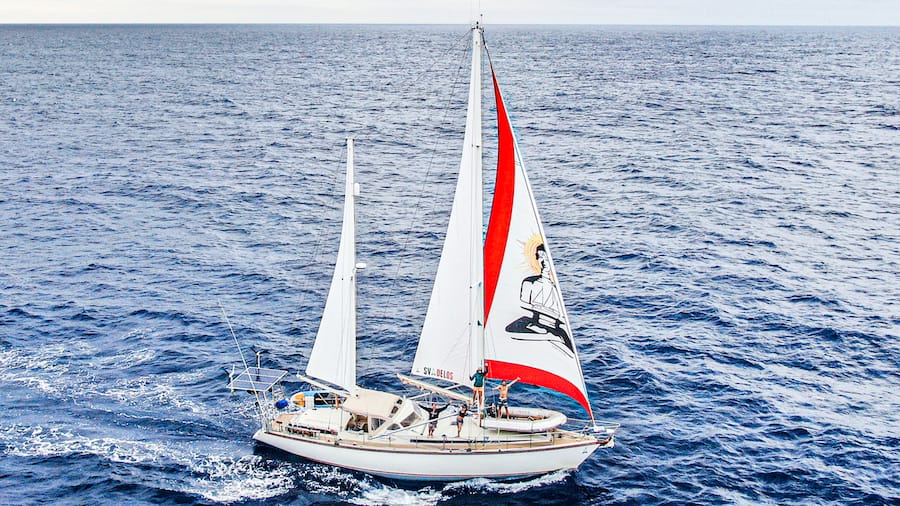

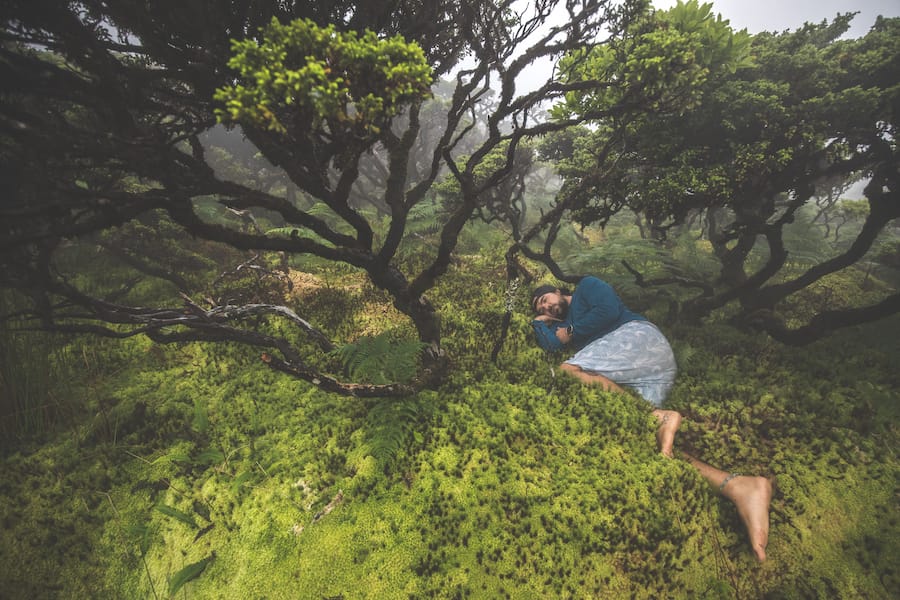
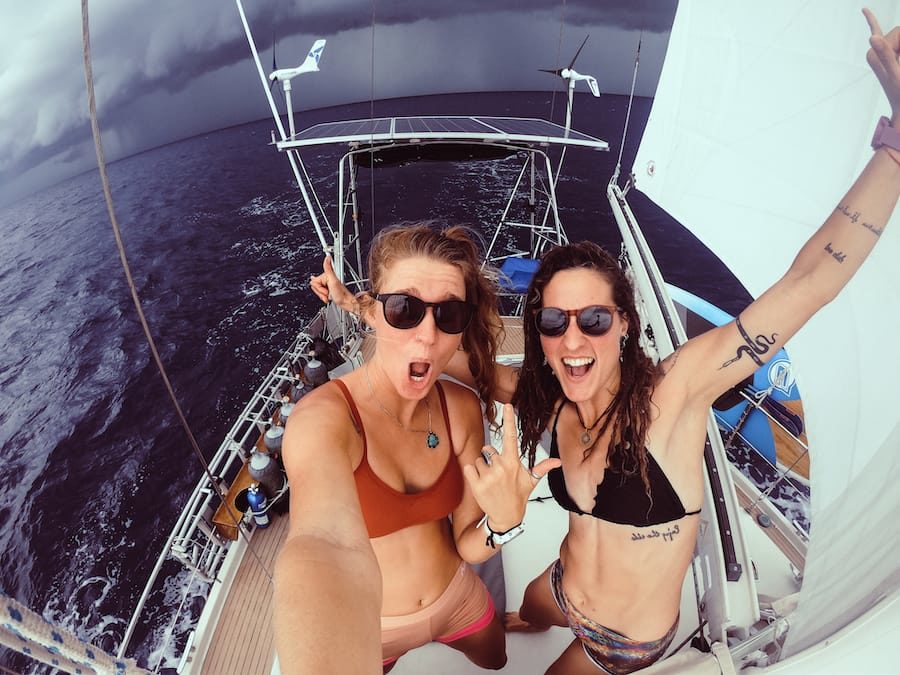

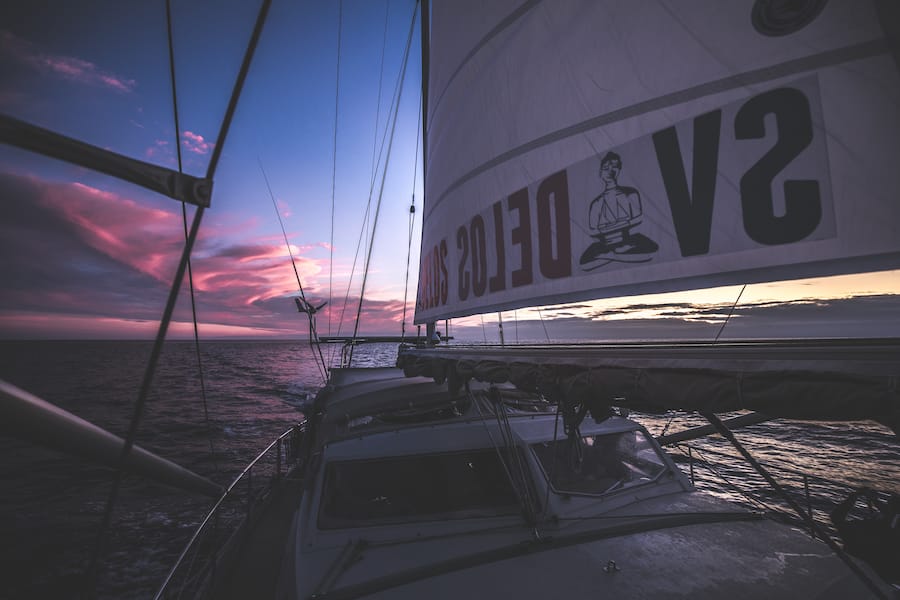
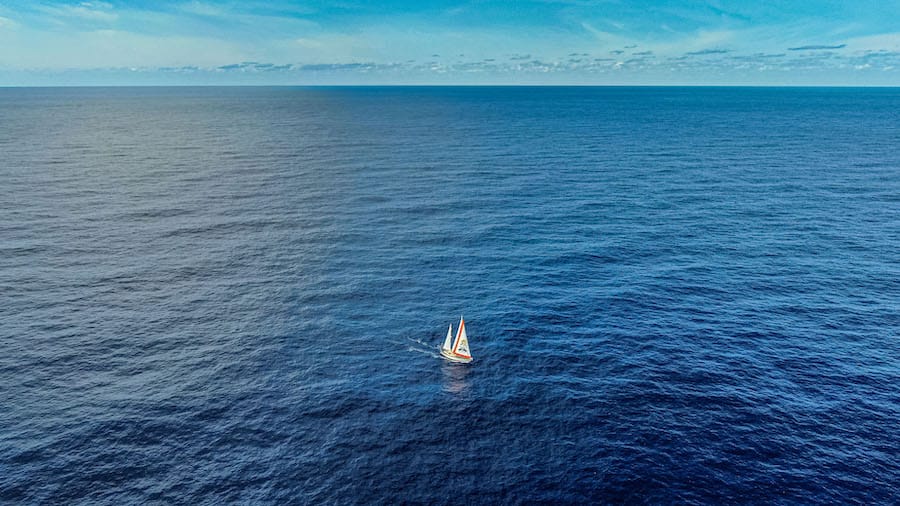
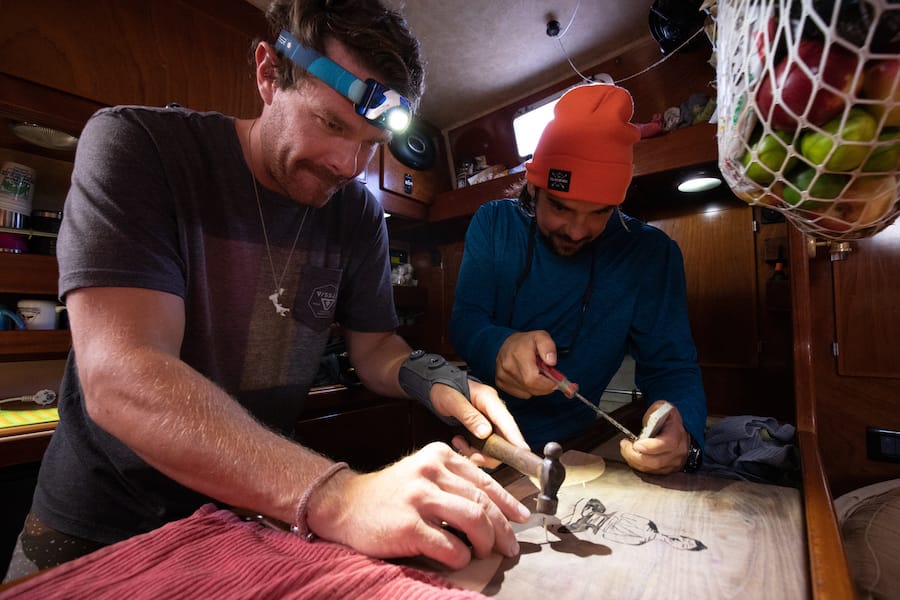
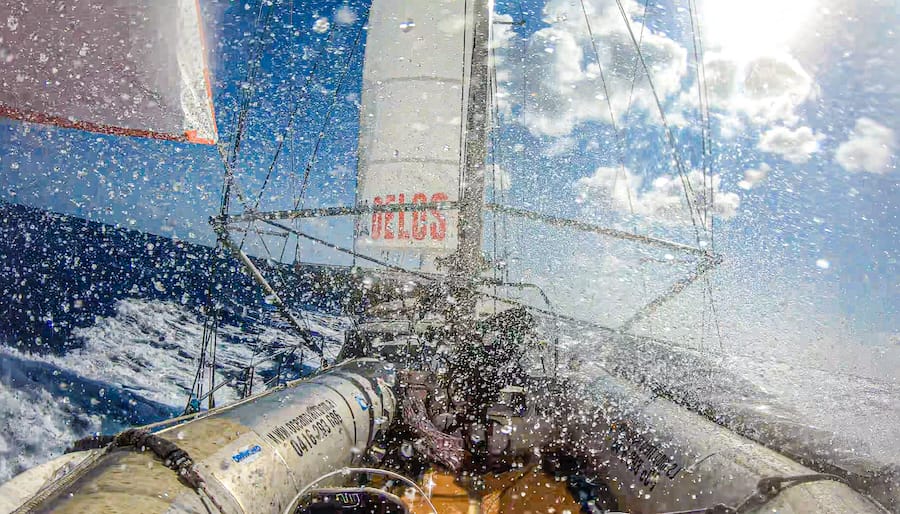
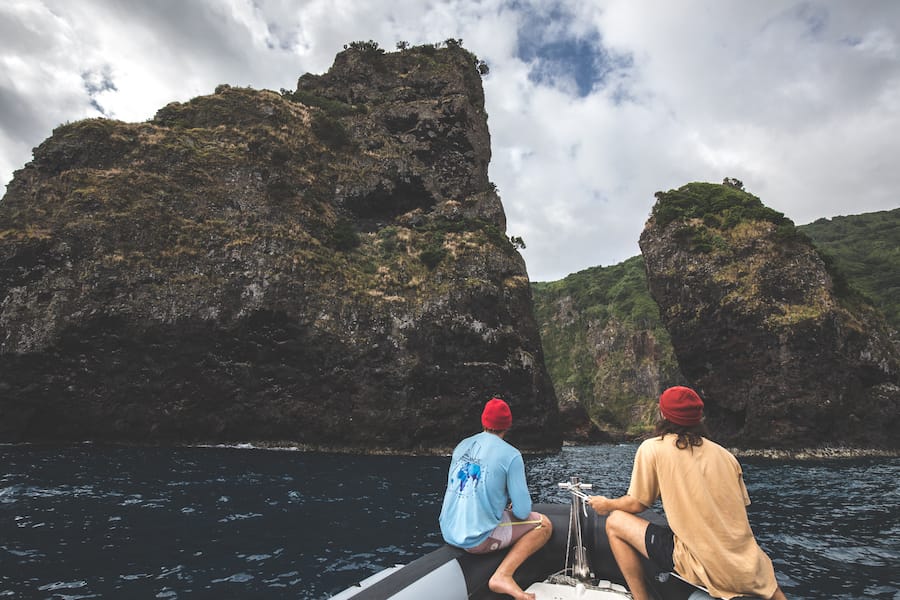
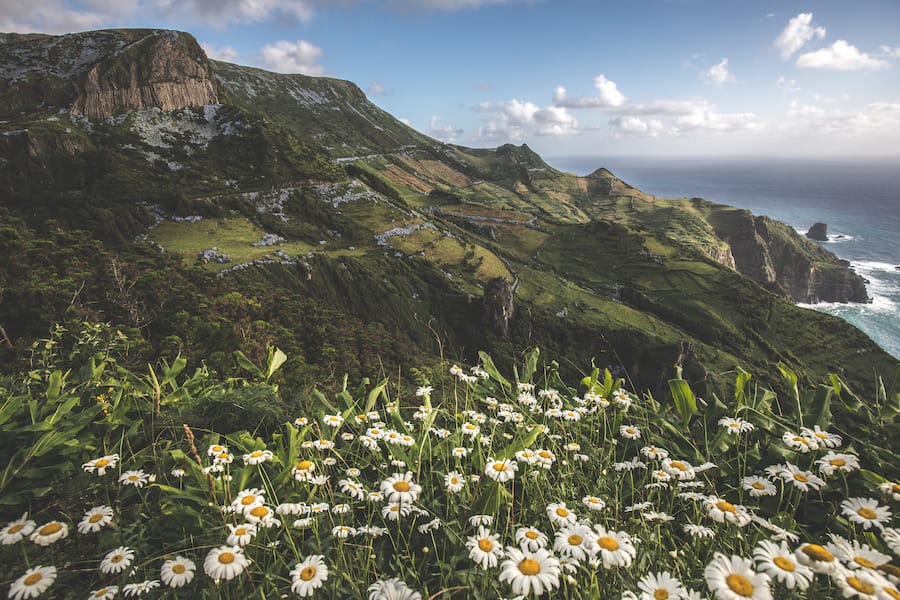
That’s really nice post. I appreciate your skills. Thanks for sharing.